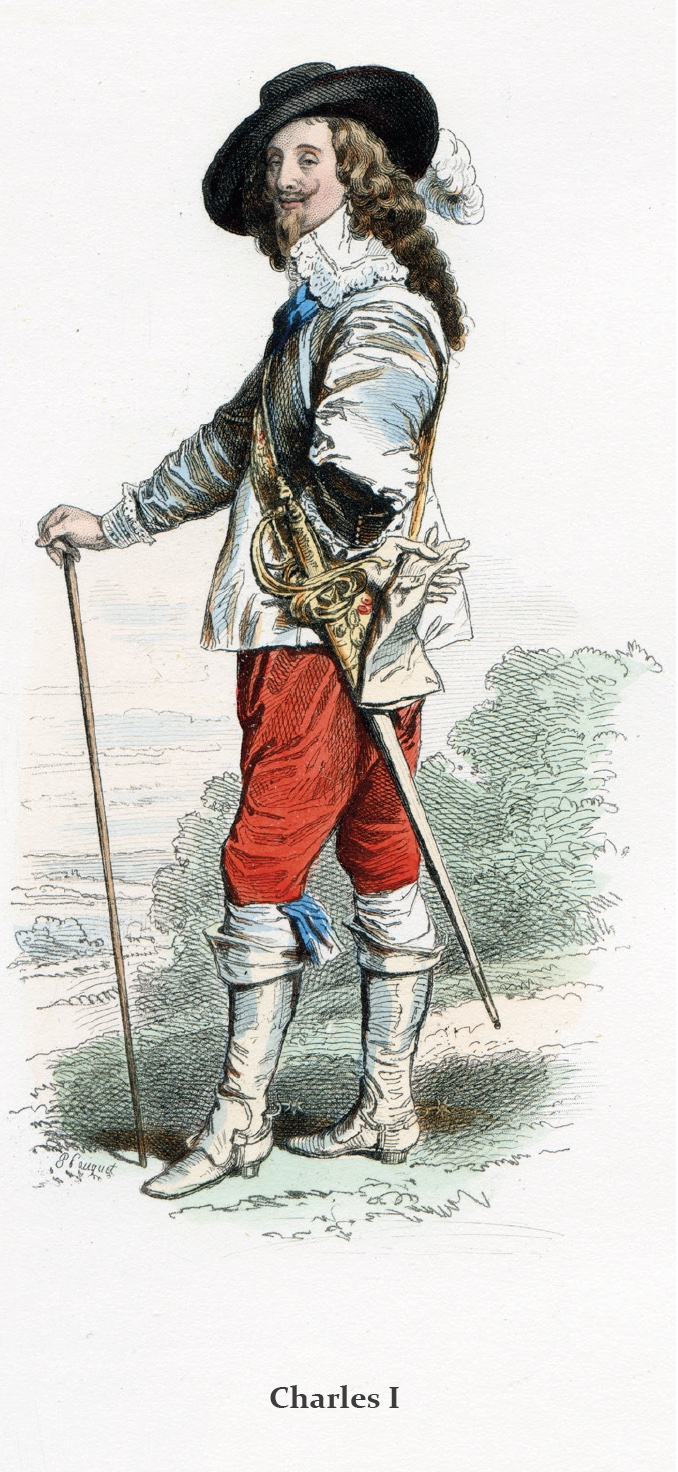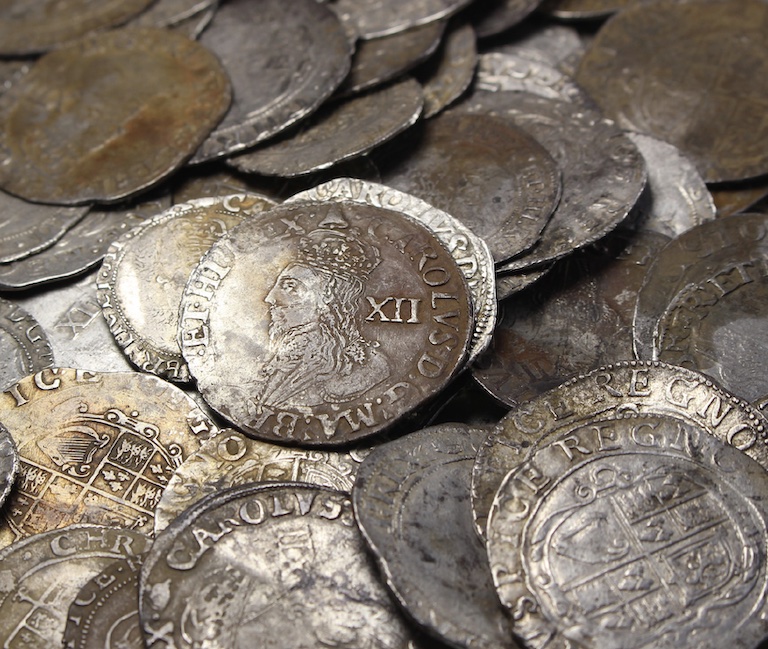Ewerby Civil War Hoard
Introduction
The year was 1643 and the English Civil War was raging with battles being fought by Royalists and Parliamentarian’s around the country. King Charles I was fighting to retail control while Parliament was doing it’s best to remove him from power. Citizens of Britain were called to fight for their chosen side and many lives were lost. Most towns throughout the land still bear the scars of this war and it has without doubt shaped the nation we live in this very day.
King Charles I needed loyal supporters in order to be able to continue resisting and there was one sure way for him to get this, money. Silver and gold coins and lots of them. All available silver was called in and melted down to be made in to coinage to pay his allies, supporters and troops.
Much of this wealth would have been concealed by it’s owners while the war raged, the safest way to do this was to bury it in the ground to then retrieve once the fighting had passed.
The Ewerby Hoard consists of some 1200 silver coins contained within a jug buried in rural Lincolnshire. As such, it is the largest hoard of its kind ever to be found in Lincolnshire and one of the largest in the country. Buried in a ceramic jug, it’s find spot was close to several known Civil War battle sites and it was not recovered by its unlucky owner.

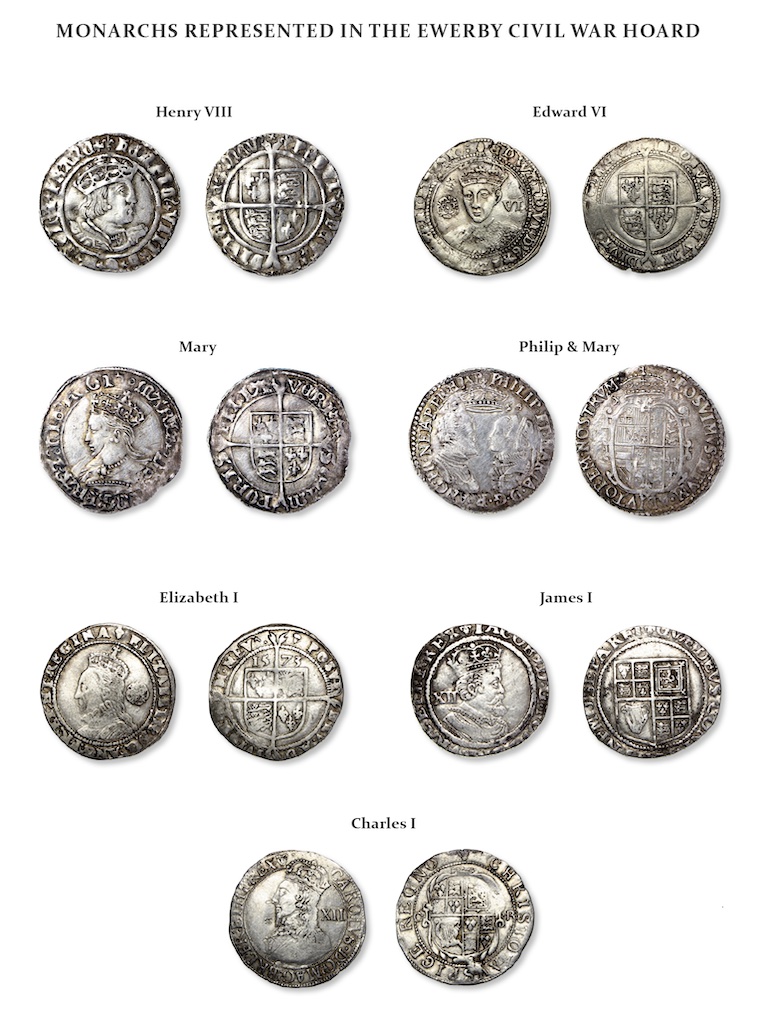
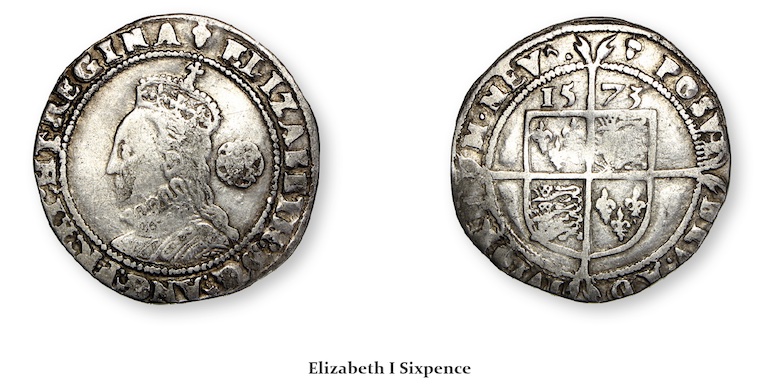
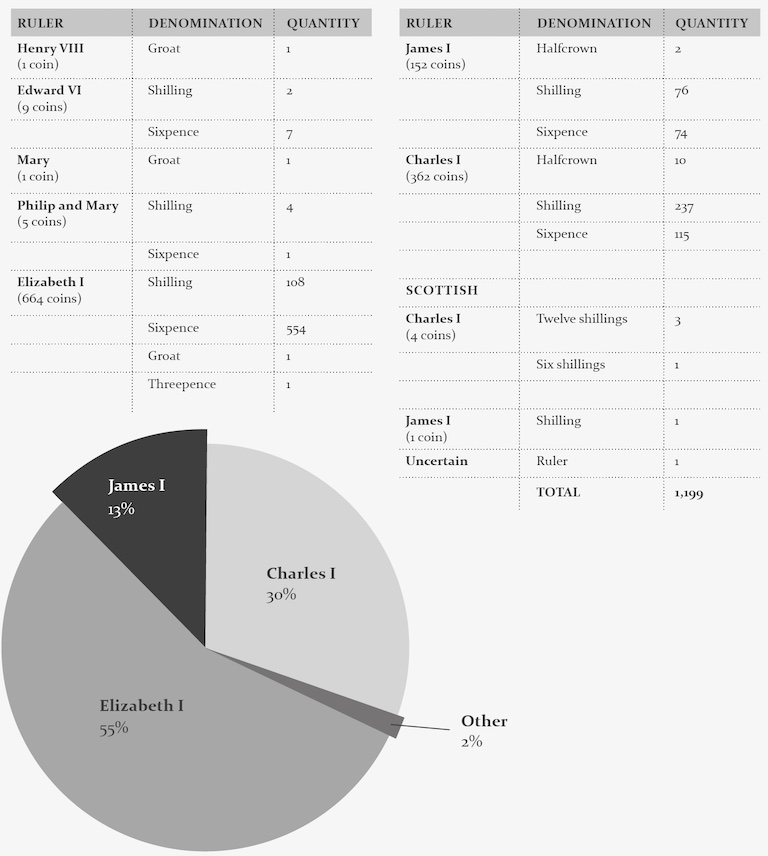
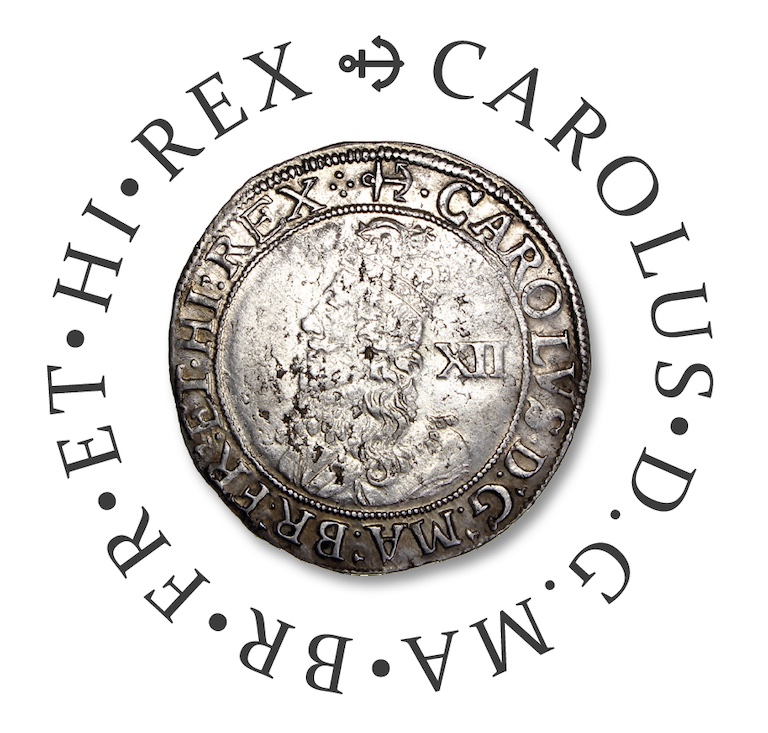
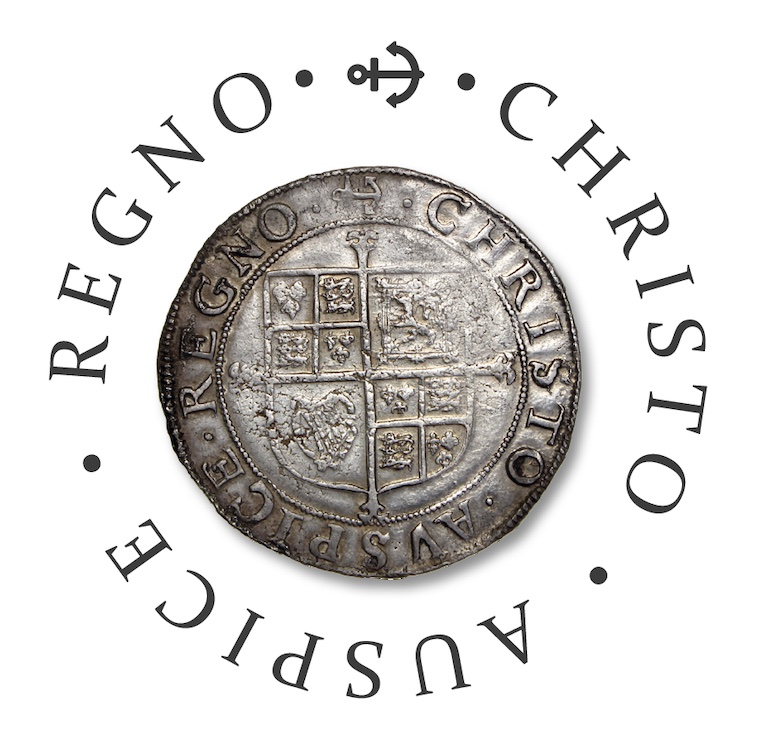
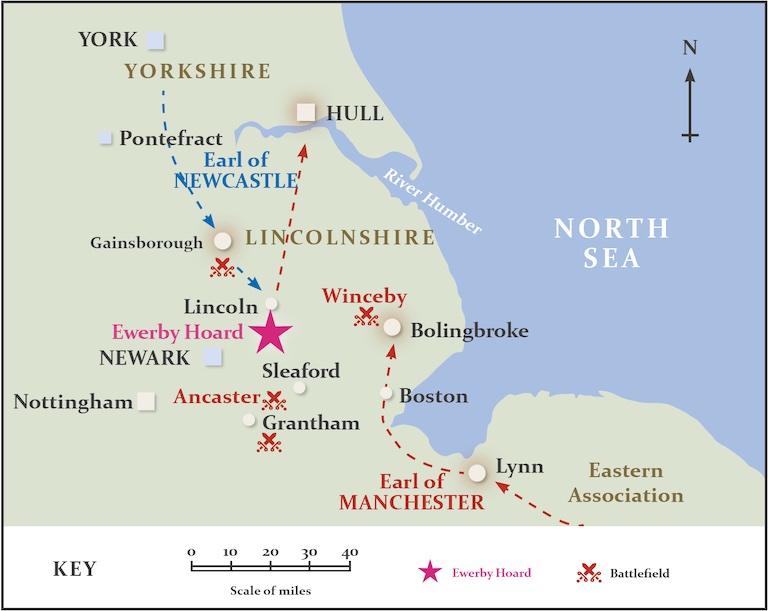
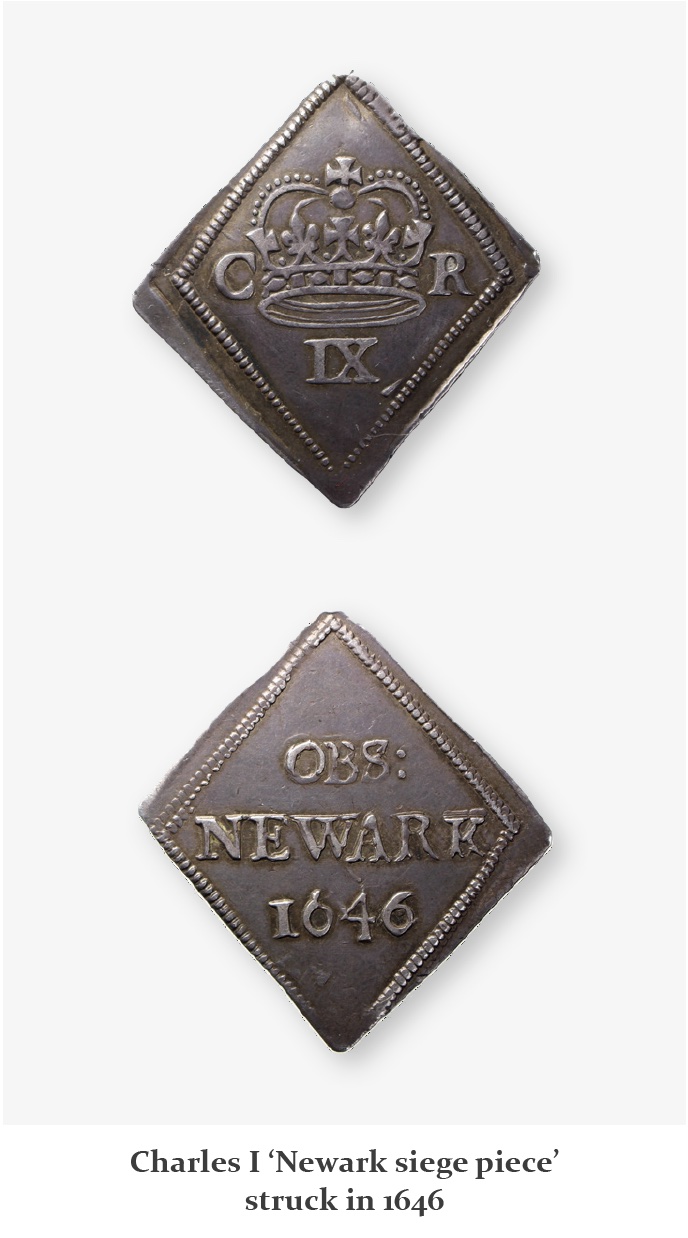
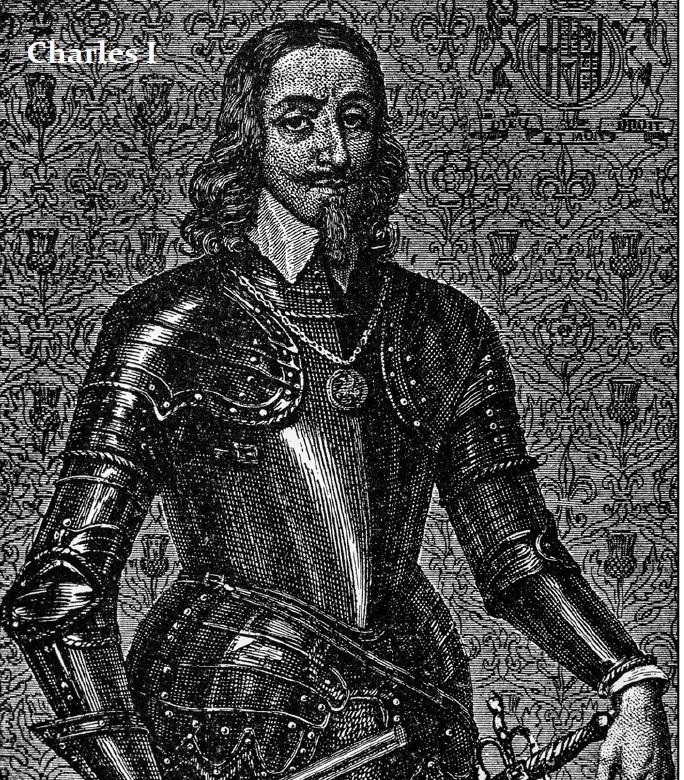 The Parliamentarians encountered Cavendish’s advance guard of dragoons on the morning of 28 July a few miles to the south of Gainsborough. The main body of Royalists was positioned at the top of a steep hill with three regiments of horse in front and Cavendish’s regiment in reserve at the rear. A Parliamentarian advance drove back the Royalist dragoons. The Parliamentarians pushed on and succeeded in gaining the high ground, routing the main body of the Royalists in a furious cavalry charge. While most of the Parliamentarians chased the fleeing Royalists, Colonel Cromwell realised that Cavendish had kept his own regiment in reserve and was preparing to counterattack the undefended Parliamentarian rear. Rallying his troopers, Cromwell allowed Cavendish’s force to ride past, then turned the tables by leading a devastating charge against the Royalist rear. Cavendish himself was killed in the mêlée.
The Parliamentarians encountered Cavendish’s advance guard of dragoons on the morning of 28 July a few miles to the south of Gainsborough. The main body of Royalists was positioned at the top of a steep hill with three regiments of horse in front and Cavendish’s regiment in reserve at the rear. A Parliamentarian advance drove back the Royalist dragoons. The Parliamentarians pushed on and succeeded in gaining the high ground, routing the main body of the Royalists in a furious cavalry charge. While most of the Parliamentarians chased the fleeing Royalists, Colonel Cromwell realised that Cavendish had kept his own regiment in reserve and was preparing to counterattack the undefended Parliamentarian rear. Rallying his troopers, Cromwell allowed Cavendish’s force to ride past, then turned the tables by leading a devastating charge against the Royalist rear. Cavendish himself was killed in the mêlée.